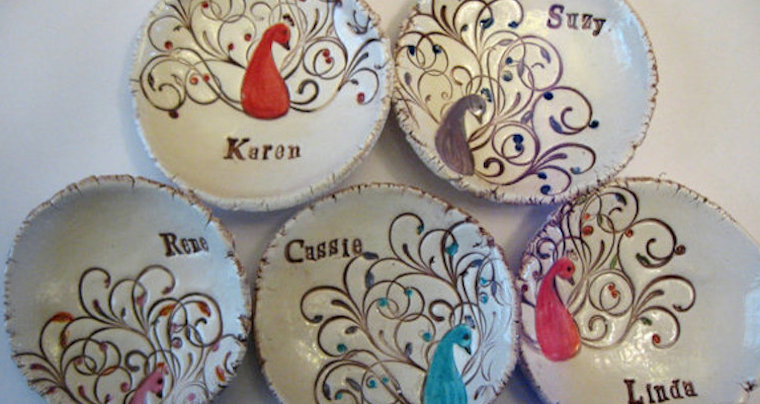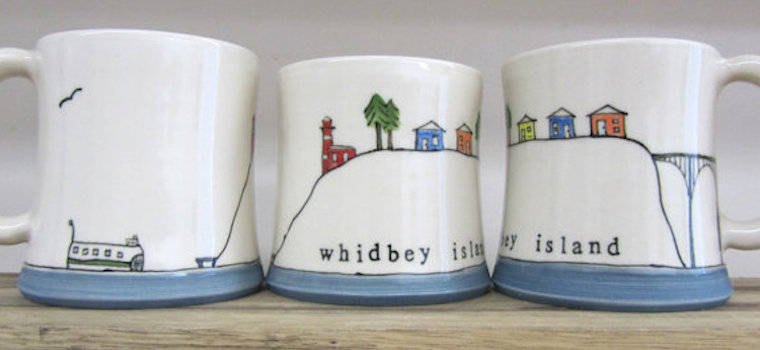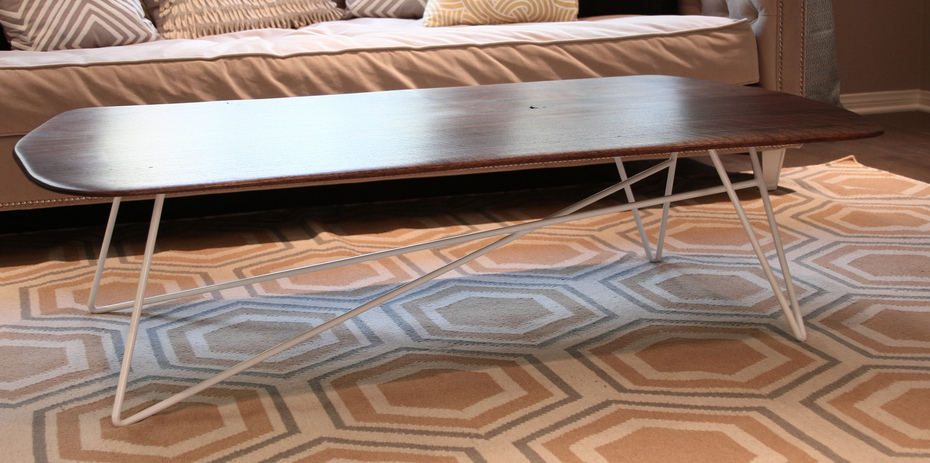This is a continuation of our coverage of the trend of major retailers’ desire to tap into the popularity and authenticity of artisan-crafted and handmade products and innovative “maker” creations and inventions, including:
- Amazon’s launch of Amazon Exclusives,* a storefront featuring products from inventors, independent product developers and other “makers”
- Amazon’s launch of Handmade at Amazon,* a marketplace platform for artisans and crafters
- Etsy’s efforts to assist its sellers in finding offline markets and distribution channels
Artisan-made and handcrafted items drive sales and foot-traffic

(via Karen Guethlein’s Brick Kiln on Etsy.com)
The Wall Street Journal recently joined in the coverage of major retailers desire to join forces with artisans, crafters and other makers. According to WSJ.com:
- Karen Guethlein, a Trion, Ga., ceramist spent six weeks (and turned her kitchen and living room into a pop-up micro-factory) earlier this fall to make and hand-paint about 850 bowls and plates for 17 Whole Foods Market Inc. stores in the North Atlantic region.
- West Elm, a subsidiary of Williams-Sonoma, has sold products from 500 craftspeople, with “significant revenues” according to Abigail Jacobs, vice president of brand marketing. “We know it brings people in” Jacobs said.
- Macy’s will begin selling handcrafted items at its flagship Herald Square store in New York.
Can authentic handmade products scale?

(via: Sarah Woodson’s Downing Pottery on Etsy.com)
Many crafts makers find it a challenge to scale up for a big order, adapt to product-labeling procedures used by major chains and keep current with shipping, insurance and return policies.
- Sarah Woodson, owner of Downing Pottery in Seattle, stopped selling her products through Nordstrom and explained to WSJ.com, “Having one very big wholesale account wasn’t working for me financially,” said.Woodson,” who works out of a 300-square-foot studio.
Big businesses have to adapt to small business vendors
“As a large retailer, we recognize that sometimes smaller vendors may need additional support,” a spokesman for Nordstrom, which has worked with about 40 craftspeople who make home goods and gifts, told the Wall Street Journal. Among other things, the Seattle-based retailer has created a two-page resource document that is less intimidating than its thick vendor compliance manual.
Can ‘authentic handmade’ products scale?

(via: EricTrine.com)
Rather than focus on the “handmade” feature of artisan products, some retailers and designers are developing scalable models for manufacturing and distribution of products “designed” by the artisans but manufactured by other suppliers to the retailer.
- West Elm prints, frames and ships locally designed artwork on demand as part of a partnership with Minted, a startup that crowdsources designs for art, stationery and home goods.
- Eric Trine, a Los Angeles furniture maker and designer of the coffee table in the photo above, turned to a local factory for production when West Elm and other big retailers began selling his steel geometric tables.
- Guethlin, the Georgia ceramics maker whose ceramics are available at Whole Foods in the northeast, struck an artist’s agreement with Anthropologie for two sets of products based on her artwork and dishes. But the estimated order size of more than 10,000 pieces was too big for Ms. Guethlin to handle, so the retailer took on the production component. “As a small business, there are times you have to go, ‘I can’t do that,’ she said.
Photo: EricTrine.com
